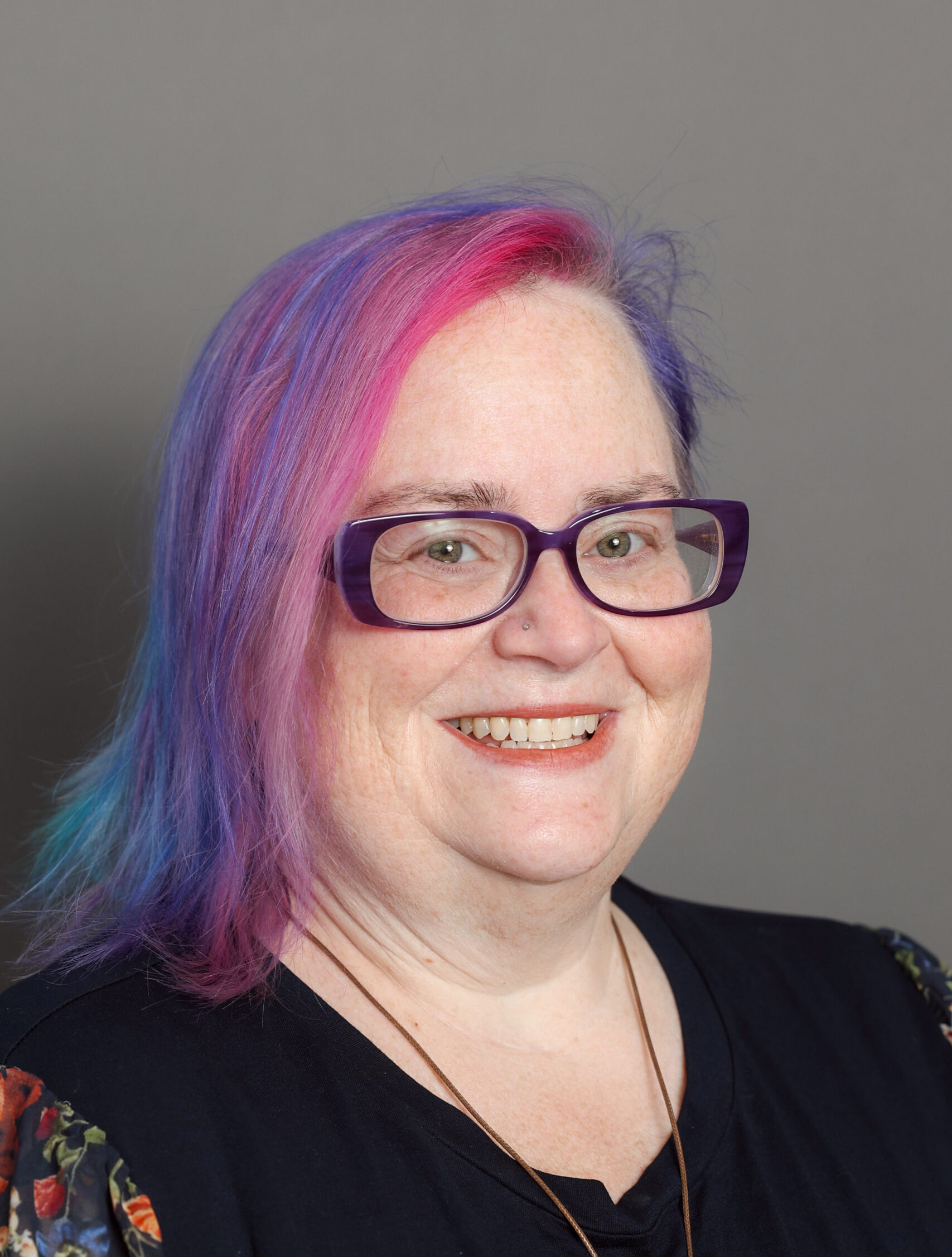Are disaster seasons real? It’s time to reframe our thinking

Living in New Orleans, I know that the advantage of having a “disaster season,” in my case, hurricane season, is that it creates a more focused opportunity for preparedness messaging and planning. But numerous other disasters and incidents – in Louisiana alone, there were 39 crises warranting discussion and intervention at the state level in 2022 – occur without a season and make planning a struggle. Many of the storms that have affected me the most were unnamed and untracked.
This is true for much of the United States. Only three of last year’s billion-dollar disasters were named events. In a recent blog post, I wrote about the challenges in California as the state endured weeks of atmospheric river storms. These were unexpected events without a season, and Californians didn’t have the opportunity to prepare.
So, do “disaster seasons” make a difference?
By mid-January, the U.S. had already experienced two major tornado outbreaks, hundreds of earthquakes, and the National Weather Service issued a warning about the potential for a subtropical system in the Atlantic Ocean. In California, fire season used to typically last from July to October, but now fires are becoming a yearlong problem for the state.
As our climate changes and disasters occur more frequently throughout the year, I believe disaster seasons are becoming obsolete and the need for year-round preparedness is increasing. Share on X
CDP has always focused on long-term recovery. For us, this has also included embedding preparedness for the next event into a community’s recovery to help increase resiliency. Funding shelters and temporary rental housing during the emergency phase is important. But building housing that will withstand the shocks of the next earthquake, tornado or hurricane means families are stronger and more prepared.
This is why we’ve removed the dates from our funds. The California Wildfires Recovery Fund, the Tornado Recovery Fund and the Atlantic Hurricane Season Recovery Fund are now evergreen funds, allowing our grantmakers to think about how to build back better, increase resiliency and include preparedness in our grantmaking.
Increasingly, I feel it is incumbent upon funders to support year-round preparedness. Create opportunities for emergency managers and communities to convene, discuss local needs and determine how everyone can be better prepared all the time. Because for most Americans, preparedness is a challenge. With more than 60% of Americans living paycheck to paycheck, it’s difficult to set aside enough food, water, medication, pet food, diapers and other supplies for that “just in case moment.” Three to five days’ worth of supplies could mean the difference between surviving and thriving between paychecks. And this isn’t just an issue for those in poverty; 40-48% of Americans with a six-figure income also had challenges making ends meet between paychecks.
Thinking about preparedness for funders is both an internal and external activity.
- Create a Continuity of Operations Plan (COOP). This helps you determine how you will maintain operations, supporting both your staff and your grantees, after a crisis.
- Embed preparedness planning into your grantmaking strategy. Determine where and when your grantmaking, and your grantees’ activities, could be strengthened by preparedness. Fund your grantees to give them resources to develop a COOP. This is an investment that preserves your financial contributions.
- Fund Disaster Risk Reduction (DRR) activities. I usually think of DRR in terms of hard infrastructure – building levees or developing hurricane-proof homes, but in a recent conversation with Bob Merrill from Geoscientists Without Borders, I learned of the 20-20-20 rule that is saving lives in Indonesia. This preparedness campaign, developed with local residents and geology professor Ron Harris, taught the community a simple formula to reduce their risk during a disaster. Tsunami drills taught people that if an earthquake lasts for at least 20 seconds, that means they have 20 minutes to get at least 20 meters (66 feet) high in elevation.
- Use your resources – human, financial and technical – and your power to convene planning activities in your community. Bring together a wide range of people including government staff and officials, tribal representatives, emergency managers, education officials, business representatives, nonprofit organizations, faith leaders, and representatives of various demographic communities including cultural organizations, people with disabilities, older adults, youth and people who speak English as a second language.
Best of all, preparedness is a cost-savings, not to mention a life-saving measure. The actual costs vary based on the location and disaster, but for every $1 invested in disaster risk reduction and prevention, anywhere from $1 to $13 is saved in losses after a disaster. For the visual learners among you, although 10 years old, this video from UN OCHA still resonates today.
Reducing disaster risk isn’t an impossible challenge. It’s just one that requires funders to step up and accept that their return on investment might be five, 10 or even 25 years in the future, when the next disaster hits. Share on X
